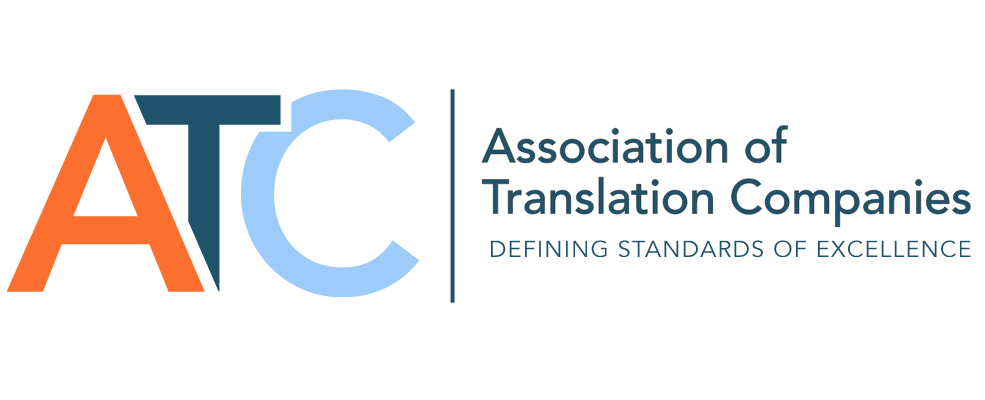Here they are, the finalists for this year’s Language Industry Awards, which take place on…
It is no secret that machine translation (MT) technologies are becoming an increasingly widely implemented feature in online messaging used by customer service departments of transnational companies, and in b2b communications.
At their core, live MT systems usually operate based on a trained machine translation memory (MTM) in a way very similar to the use of TMs in CAT tools. Upon translating the customer’s query based on its memory, the machine offers the employee a suitable answer to use in conversation.
While the main purpose of such solutions is clear and their benefits include hugely reduced waiting time for the customer and a significant cost saving opportunity for the company, system’s implementation and maintenance are quite labour-intensive. Instead of hiring a language proficient agent, the company will still have to train an employee to use the software. Also, the MTM will need to be constantly updated and synchronized. It is very important to keep its contents up to date and reliable since the user will more likely be unable to read the machine-translated text.
Taking into account the wide variety of customer queries, specific terminology, slang, abbreviations and other language quirks, the system could easily drive the online conversation off-course and even affect the customer satisfaction (CSAT) level. For example, a Russian word «Хорошо» can be translated as “Well” in English (as in “You’ve done well”), but is often used similar to “OK” in conversational speach. If a Russian customer contacts an English-speaking customer service rep. who asks them to wait for a moment or two to check something, the machine might translate customer’s «Хорошо» as “well” (instead of “Ok”), making the customer look impatient or irritated. This is one of the many actual examples of small miscommunication incidents that might happen while using live MT software. However, if you compare their language barrier breaking capabilities as well as the Service Level Agreement (SLA) benefits for the companies utilizing them, it becomes clear that the overall value of MT engines is enormous.
A range of such solutions are employed by different companies and implemented into various live communication tools (e.g. liveperson , or Geofluent). There are also solutions more oriented on b2b communication, e.g. https://www.chatlingual.com/
On the other hand, we see an increasing demand for online services where live translation is performed by remote human translators rather then MT engines. Platforms such as SpeakUs or Cloud Interpreter focus their effort on facilitating “live interpretation from any location via browser or application” with the help of professional interpreters from all over the world.
In one way or another, technologies helps us all stay connected. And we hope that with the aid of NMT (Neural Machine Translation), live MT systems will only improve CSAT.



